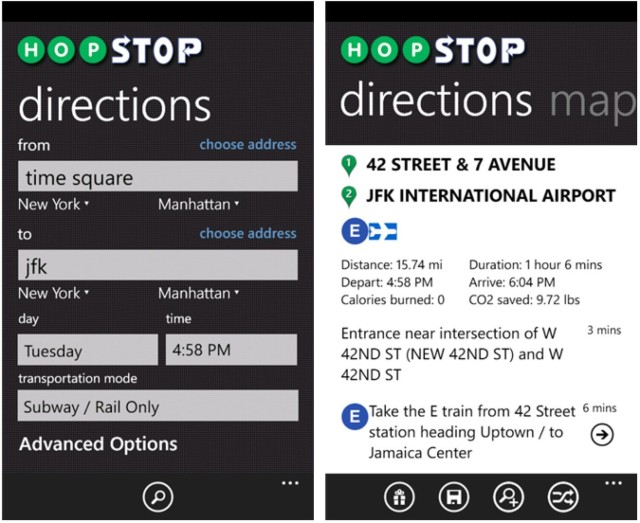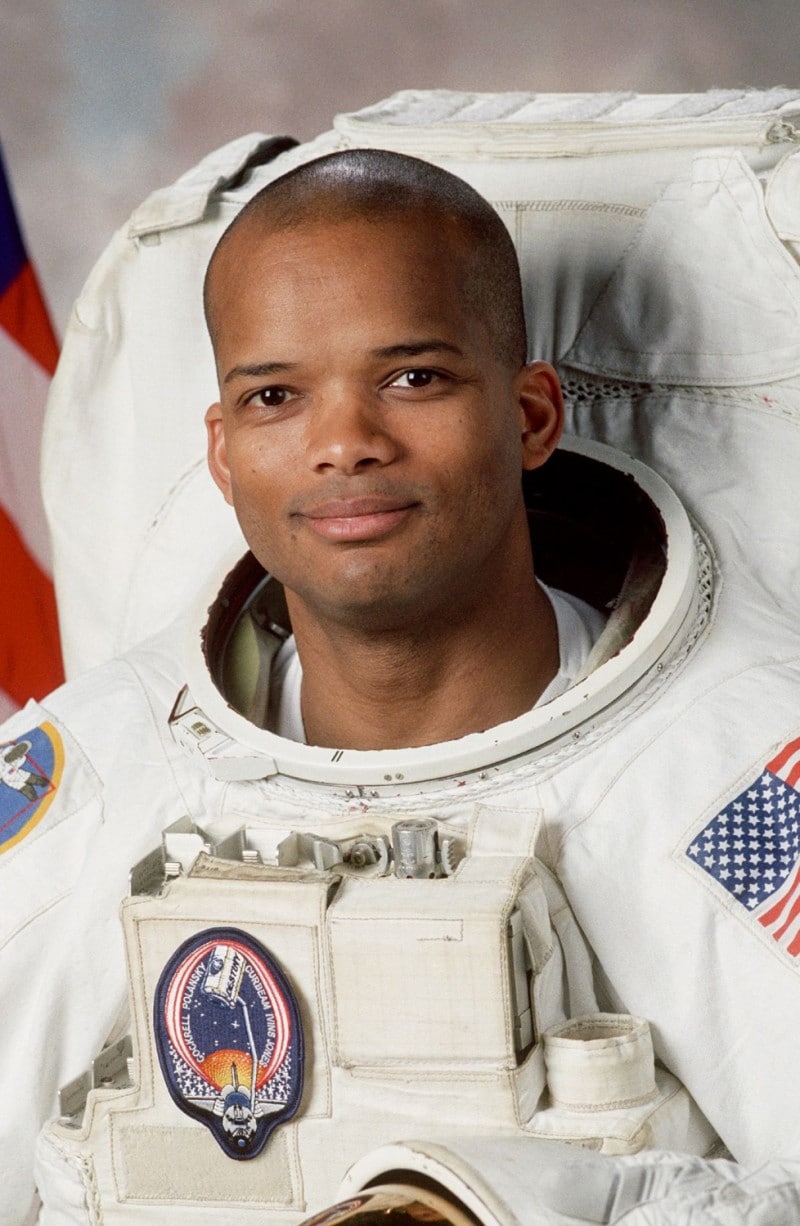As technology and innovation grow throughout the world, Black innovators are playing a big role in the market. Here are 20 mobile apps created by Black developers, according to AfricanAmerican.org and IT News Africa.
Zimbile
Although not strictly an app, Zimbile helps small businesses enter the online world in a flash. The website allows businesses and individuals across Africa to build fast-loading, mobile-optimized websites in app form in a few easy steps.
The company prides itself on helping you build a mobile website in minutes, even if you have no technical knowledge.
HBCU Buddy
Founders Jonecia Keels and Jazmine Miller’s app HBCU Buddy provides prospective and current students with information about historically Black colleges and universities on aspects of student life, admissions, alumni, standardized test scores and faculty research. The app also has virtual campus tours and integrates social networking with Twitter and Facebook. The app won the 2010 AT&T Mobile Campus Challenge with a $10,000 prize.
Myavana
Founders Techturized Inc. and co-founders Candace Mitchell, Jessica Watson, Chanel Martin and Joy Boulamwini created Myavana, a hair app for African-American women that encourages users to form communities based on hair textures and desired hairstyles. Women can upload hairstyles, share beauty tips about styling products, techniques and salons. Also, users can follow desired hairstyles by “Girlfriending” other users who post images with that style. Each time a Girlfriend request is accepted, the community can follow that user’s hair journey and learn her hair secrets.
HopStop
HopStop founder Chinedu Echeruo created the app to give those who live in metropolitan areas simple and easy directions on how to navigate by using public transit, walking, taking a cab or biking. Echeruo, a Nigerian former Wall Street analyst, was fortunate enough to have his app included in Time magazine on its list of 50 Best iPhone Apps of 2011.

















